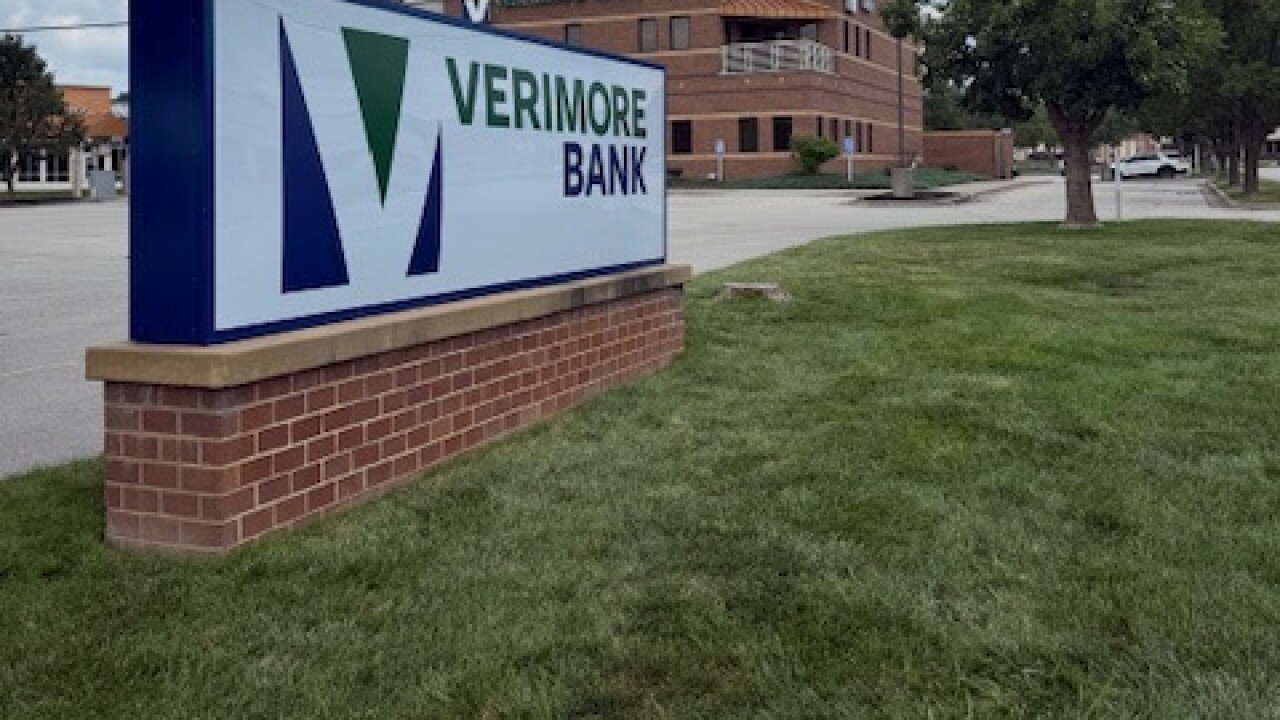Five days after Hurricane Ian cut a destructive path across parts of Florida, banks and credit unions are in recovery mode, racing to reopen branches and provide disaster relief to clients.
Several financial institutions on Monday said that most of their offices that were in the path of Ian are back in business, though some remain shuttered due to damage or power outages. While they work to reopen those sites, the companies say they are diving headfirst into relief measures for both their employees and their customers who are reeling from the impact of the storm.
The storm, which made landfall Wednesday on the southwest Florida coast as a Category 4 hurricane, tore through the heart of SouthState Corp.'s footprint in the state — from the Greater Tampa Bay area through Orlando in central Florida. As of Monday, all of SouthState's branches that were damaged or lost power — about 20 in all — were back up and running, according to Chris Nichols, director of capital markets at the $46 billion-asset company.
Like its peers, SouthState, which is based in Winter Haven, Florida, is trying to assess how much damage Ian caused, Nichols said. To help establish near-term stability, the bank is providing grants to employees and affected communities. It is also reaching out to customers directly and coordinating efforts with state and federal government agencies, local officials and relief organizations.
"Our first priority is to make sure everyone is safe," Nichols said in an interview. "Our next priority is to make sure people have what they need to cope and that our customers have liquidity to meet any immediate needs. … Right now, we're still in the assessment stage."
The second
A number of larger banks said they had reopened most of their impacted branches by Monday.
As of noon, 196 of 234 JPMorgan Chase branches that were closed due to the hurricane had opened their doors, leaving 38 still shuttered. The list of shuttered branches includes those on hard-hit Sanibel Island, whose causeway to mainland Florida was wiped out, as well as those that don't have electricity. The company will "continue to assess what it will take" to reopen the remainder of the offices, a JPMorgan spokesperson said.
Most of Truist Financial's branches in Florida and South Carolina were also open Monday, a spokesperson said. The Charlotte, North Carolina-based company has deployed its disaster-recovery mobile branch, which has onsite ATMs, to two sites in southwest Florida, the spokesperson said.

In preparation for the storm, some banks and credit unions took a page out of their pandemic-response playbooks, including Regions Financial in Birmingham, Alabama.
As it geared up for Ian, the $161 billion-asset bank was quick to communicate with customers and roll out special offers such as fee waivers to try to ease storm-related financial burdens, said Steve Nivet, a consumer banking regional executive whose territory includes all of Florida.
"Without a doubt, the processes, procedures and ways to connect with customers that we used throughout the pandemic helped out," Nivet said. "We were far swifter in communicating."
Regions has 234 branches along the Florida Peninsula. Of those, 126 were identified as being in Ian's path. As of Monday, 18 remained closed, including eight that were awaiting restoration of power.
Five others had minor damage such as downed tree branches or impaired gutters, while five more had major damage such as extensive roof repairs or water intrusion, the bank said.
"I believe we are recovering rather swiftly when you consider all of the damage," Nivet said.
Cincinnati-based Fifth Third Bancorp, which has a large presence in Florida, has opened 144 of the 155 branches it has in areas affected. Officials hope the rest will open Tuesday if power and network issues are resolved, Fifth Third spokesperson Beth Oates said.
The bank is working to have all of its ATMs operational "as soon as possible" and has deployed three ATM trailers in various areas, Oates said. It also launched a
Credit union leagues have also begun rolling out recovery programs for those in the midst of rebuilding. The League of Southeastern Credit Unions convened its Southeastern Disaster Coordinating Council and began working with organizations such as the Credit Union National Association and the National Credit Union Foundation to mobilize relief initiatives for those displaced in the wake of the storm.
"As you can imagine, down here in the Southeast and specifically Florida, this is something that we always have to plan for every year," said Patrick La Pine, chief executive of the League. "It's going to take a long time" to fully recover, he said.
In addition to need-based grants offered through the group's
With an estimated 120 credit union branches still without power, the league is also compiling a list of available mobile branches and matching them with institutions that sustained property damage, La Pine said.
Fairwinds Credit Union in Orlando is making use of its technology investments to meet customer needs during a challenging time, said Bryan Meizinger, senior vice president of lending at the $4.7 billion-asset institution.
Fairwinds "invested significantly over the last several years," he said.
"It was absolutely vital to our response during Hurricane Ian," Meizinger said. "It gives us the ability to be able to still function or make sure that our employees are as safe as they possibly can be."
Meanwhile, the American Bankers Association announced Monday that it's contributing $100,000 toward relief efforts. The trade group is also accepting donations through its Disaster Relief Program through Nov. 9 and will send the money to the Volunteer Florida Foundation's Florida Disaster Fund.









